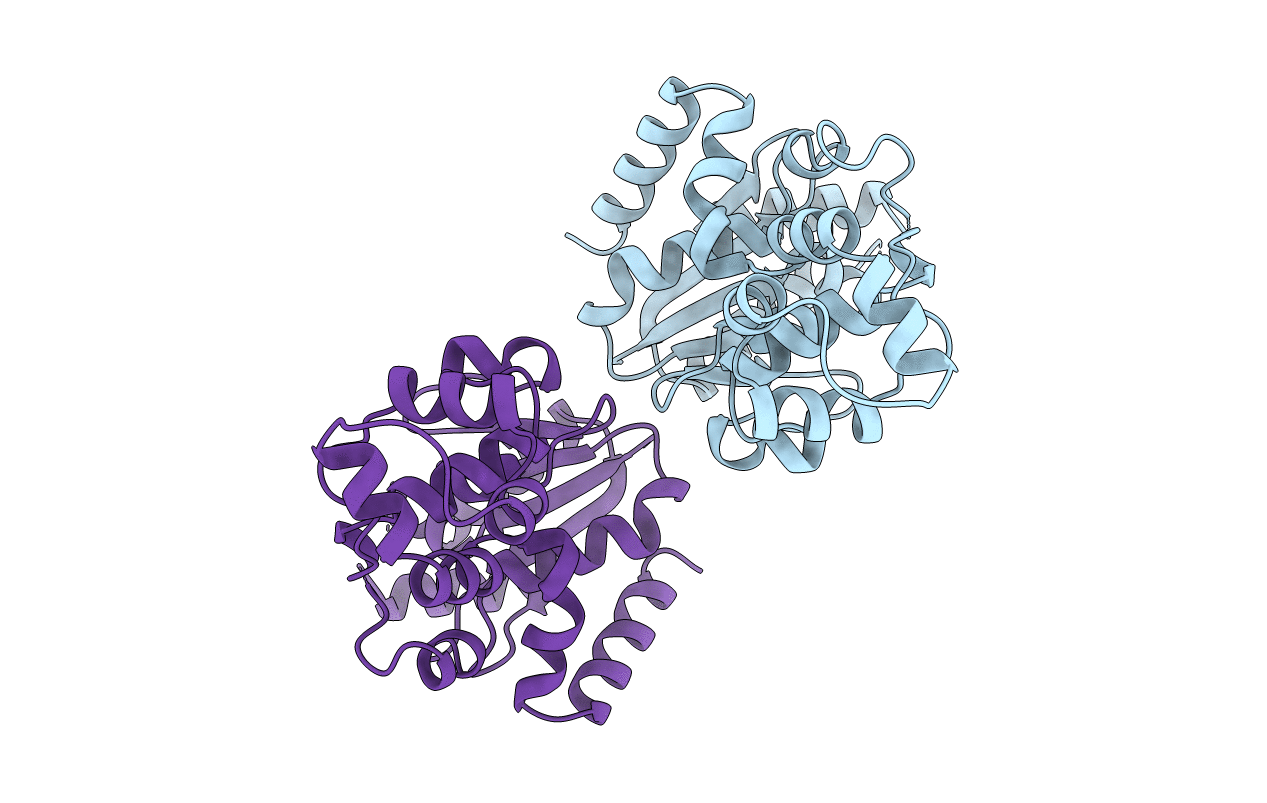
Deposition Date
1998-11-19
Release Date
1999-04-02
Last Version Date
2023-08-23
Entry Detail
Biological Source:
Source Organism:
Enterobacteria phage T5 (Taxon ID: 10726)
Host Organism:
Method Details:
Experimental Method:
Resolution:
2.50 Å
R-Value Free:
0.30
R-Value Work:
0.22
Space Group:
P 21 21 21


